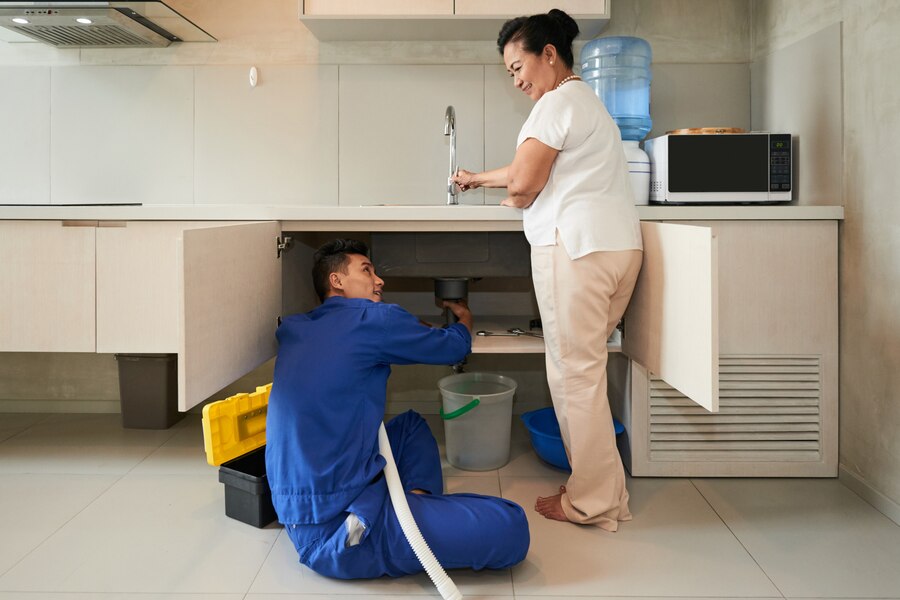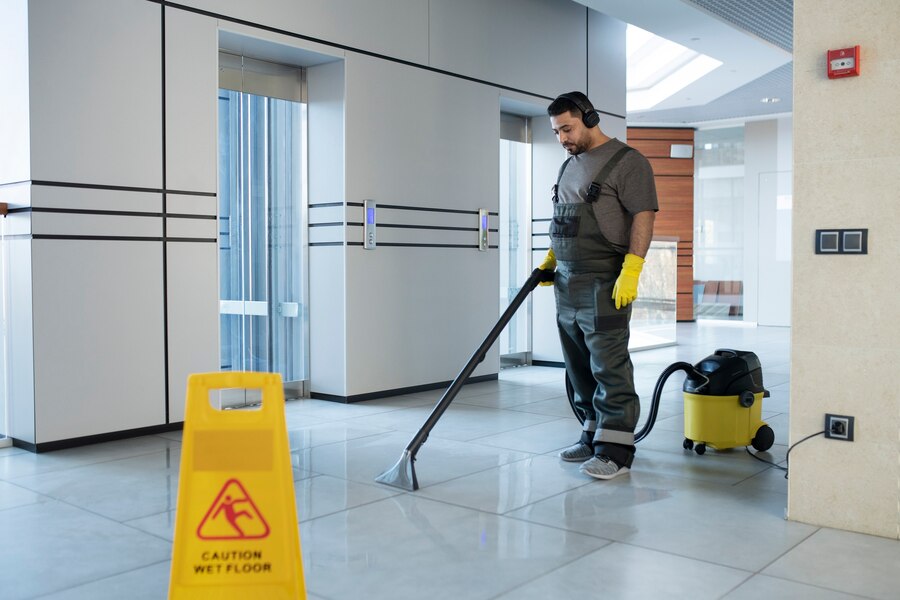Beyond the Spill: 5 Tips for Successful Water Damage Restoration at Home

Water damage can be a homeowner’s worst nightmare. Whether it’s a burst pipe, a leaking roof, or a flooded basement, water intrusion can wreak havoc on your property, causing structural damage, mold growth, and potential health hazards.
However, with prompt and proper action, you can minimize the extent of the damage and restore your home to its former glory.
In this article, we’ll explore essential tips for successful water damage restoration at home, going beyond the initial spill to ensure thorough cleanup and restoration.
1. Act Quickly
When faced with water damage in your home, it is crucial to act quickly to minimize the extent of the damage. Begin by shutting off the water source and removing standing water.
Time is of the essence, so do not hesitate to call professional water damage restoration experts who can promptly assess the situation and implement effective solutions to prevent further damage.
- Assess the Situation: Determine the source of the water and its extent. Is it clean water from a burst pipe, or contaminated water from a sewage backup?
- Turn Off the Water: If the water is coming from a broken pipe or appliance, shut off the main water supply to prevent further flooding.
- Protect Yourself: Wear protective gear such as rubber gloves, boots, and a mask, especially if dealing with contaminated water.
- Remove Excess Water: Use towels, mops, or a wet/dry vacuum to extract as much water as possible from the affected area.
2. Ensure Safety
When dealing with water damage restoration at home, ensuring safety should be a top priority. It is important to turn off electricity before entering a flooded area, wear protective gear such as gloves and masks, and avoid standing water if possible.
To ensure a successful restoration process, it is recommended to hire professionals who have the expertise and equipment to handle the situation effectively.
- Check for Electrical Hazards: If water has come into contact with electrical outlets, appliances, or wiring, turn off the electricity to the affected area to avoid the risk of electrocution.
- Beware of Structural Damage: Inspect walls, ceilings, and floors for signs of structural compromise. Avoid entering areas that appear unstable.
- Ventilate the Space: Open windows and use fans to improve air circulation and speed up drying.
- Watch Out for Mold: Keep an eye out for mold growth, especially in hidden or damp areas. Mold can begin to develop within 24-48 hours after water damage occurs.
3. Restore and Repair
Restoring and repairing water damage at home requires a systematic approach to prevent mold growth and structural issues.
To ensure successful restoration, it’s crucial to promptly handle the damage, assess the extent of it, and hire professionals for efficient and thorough restoration.
Water damage restoration professionals from DEL MAR have the expertise, tools, and experience to restore your home to its pre-damaged condition, saving you time, money, and stress.
- Address Structural Damage: Once the affected area is thoroughly dried and disinfected, assess any structural damage and make necessary repairs.
- Replace Damaged Materials: Replace any irreparably damaged materials such as drywall, insulation, or flooring.
- Repaint and Refinish: Repaint walls and refinish floors to restore the aesthetic appeal of the affected area.
- Monitor for Lingering Issues: Keep an eye on the restored area for any signs of recurring water damage or mold growth in the weeks following restoration.

4. Dry Out the Area
Use fans, dehumidifiers, and open windows to facilitate the drying process and prevent mold growth.
However, for extensive water damage, it is best to hire professionals who have the expertise and equipment to effectively dry out the area and ensure thorough restoration of your home.
- Use Dehumidifiers: Dehumidifiers can help remove excess moisture from the air, aiding in the drying process.
- Employ Air Movers: High-powered fans can accelerate drying by circulating air and evaporating moisture.
- Focus on Hard-to-Reach Areas: Pay special attention to areas such as wall cavities, under flooring, and behind appliances, where moisture can linger undetected.
- Consider Professional Help: For severe water damage or if you’re unsure about the extent of the problem, it’s wise to enlist the help of professional water damage restoration specialists.
5. Clean and Disinfect
Use appropriate cleaning agents and follow proper disinfection protocols to effectively eliminate any contaminants.
For extensive water damage, it is advisable to hire professionals who have the expertise and equipment to handle the restoration process efficiently and thoroughly.
- Dispose of Contaminated Items: Any porous materials that have come into contact with contaminated water may need to be discarded to prevent the spread of bacteria and pathogens.
- Sanitize Surfaces: Use a mixture of water and bleach (1 part bleach to 10 parts water) to disinfect hard surfaces such as countertops, floors, and walls.
- Steam Clean Carpets and Upholstery: Carpeting and furniture affected by water damage should be thoroughly steam cleaned to kill bacteria and remove odors.
- Prevent Mold Growth: Apply mold-inhibiting products to affected surfaces to discourage mold growth during the drying process.

Conclusion
By following these tips for successful water damage restoration at home, you can mitigate the impact of water intrusion and restore your property to its pre-damage condition.
Remember, acting quickly, ensuring safety, thorough drying, proper cleaning, and meticulous restoration are key to successful water damage recovery. If in doubt, don’t hesitate to seek professional assistance to ensure the job is done right.


